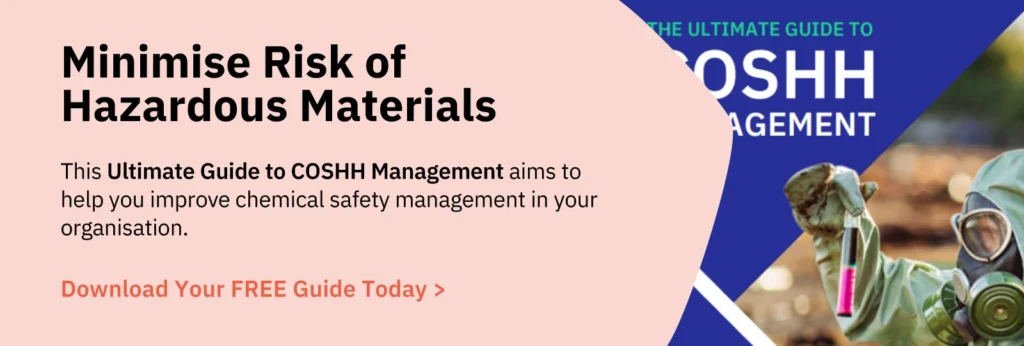
HAZWOPER Meaning & Definition
What is HAZWOPER?
he Hazardous Waste Operations and Emergency Response, also known as HAZWOPER, is a comprehensive series of guidelines that are updated and regularly maintained by the Occupational Safety and Health Administration (OSHA).
OSHA is responsible for regulating hazardous waste operations throughout the United States and different territories. Through these guidelines, the government offers guidance on how to regulate dangerous goods and hazardous waste, from their manufacture to disposal.
HAZWOPER was generally created to improve the overall capability of employees so that they are able to respond better to emergency situations, especially if there’s an unprecedented or accidental release of hazardous waste or substances in the surroundings.

Are you adhering to HAZWOPER when disposing of hazardous waste?
Why is HAZWOPER Important?
Dumping hazardous waste without taking proper measures can result in serious threats to the environment, and to humans as well. It doesn’t just endanger the environment and surrounding areas, but also poses a serious threat to all living beings in that area.
Hazardous waste materials often have distinct properties; they are either toxic, radioactive, flammable, corrosive, explosive, and can seriously pollute the soil, resulting in a major contamination.
As a result, it is important to properly treat hazardous waste before it is disposed of to ensure that it’s not unsafe for future life. To protect the environment and to provide guidelines on how to deal with hazardous waste, OSHA published the HAZWOPER Standard.
The scope of this standard is as follows:
- Clean-up operations
- Remedial activities
- Voluntary clean-ups
- Emergency response operations
All organizations that generate hazardous waste must have an emergency response program in place, and more importantly, that plan should meet OSHA standards.
The plan must address any pre-emergency planning done by the company, including assigning roles to different individuals, setting a hierarchy for authority, emergency recognition, and offering proper training and communication to each member of the organization.
If individuals are exposed to hazardous substances, they are quite likely to suffer from a number of different health effects, most of which are either chronic or acute. This can include health effects that result in chemical burns or irritation, while in severe cases, the effects may lead to death.
As per OSHA’s guidelines, employers are responsible for ensuring the health and safety of their workers. They have to take appropriate steps to provide a safe and healthy work environment.
Employers must take steps to create a safe workplace and to offer protection to workers from anticipated hazards, such as the release of harmful materials.

Understanding HAZWOPER Training Requirements for Hospital Staff
Hazardous materials are commonly found in hospitals, and it’s important for workers to receive appropriate training, so that they know their job roles and duties in case of an accidental release.
It’s important for workers to consider the hazards in the community and for workers to receive proper training to first responder operations level, with an emphasis on using PPE and understanding decontamination processes.
Hospitals can also develop in-house training processes, or they can also send staff for additional training in decontamination procedures to another organization.
Understanding the Difference Between an Incidental and an Emergency Spill
It’s important to understand the difference between an incidental and an emergency spill as per OSHA’s guidelines. An incidental spill occurs when a hazardous substance is released into the environment, but it doesn’t pose a major risk to the health or the safety of employees.
Incidental releases are low-impact, and generally limited in quantity. Their exposure potential is also relatively low, and they don’t pose major safety risks or hazards to people. This makes incidental spills easy to clean up, especially for employees who have received proper training.
An emergency spill, however, is different. An emergency spill results in an emergency, and these materials often share different properties, including elevated toxicity, flammability, corrosiveness, or volatility. This makes them more dangerous, and employees often require appropriate PPE and training to clean up such spills.
Employees who are involved in clean-up activities must receive appropriate training and, in some cases, might even require a certification or a license to perform clean-up activities.
Create Effective Responses to Hazardous Substance Releases with EcoOnline’s Health & Safety Software
EcoOnline’s Health & Safety Software makes it easy for organizations to manage HAZWOPER compliance by preparing a series of responses and sharing them with their employees.
In case of a spill, the solution also makes it easy for organizations to conduct investigations and prepare comprehensive reports to identify the root cause.



